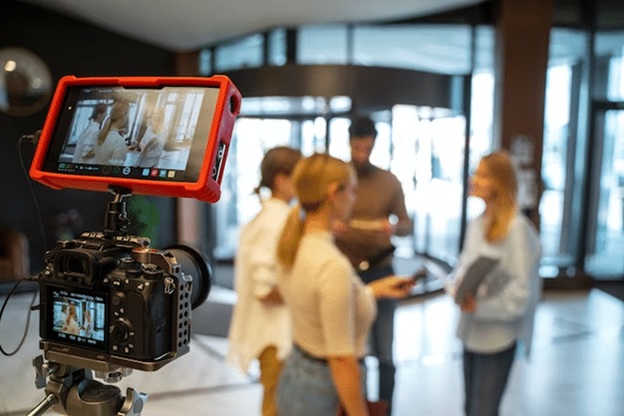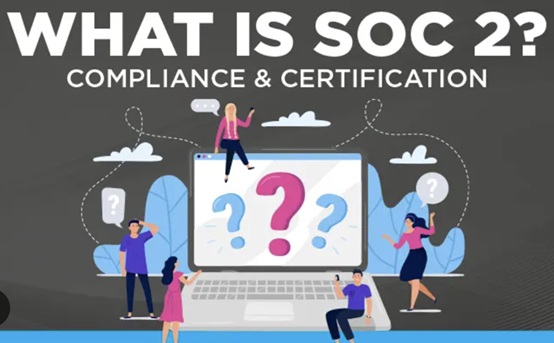Can you create unique royalty-free music using AI tools?

Creating original music for videos, podcasts, or games without worrying about copyright strikes is now possible through artificial intelligence technologies. These tools have democratized music production, allowing people without formal training to generate compositions across various genres and styles. Rather than spending hours composing or searching through limited free music libraries, content creators can now produce custom tracks in minutes using specialised software designed specifically for this purpose. Modern ai song generator tools use machine learning algorithms trained on thousands of musical compositions to understand melody, harmony, rhythm, and instrumentation patterns. These systems can create original compositions that sound professionally produced while remaining legally safe to use in commercial projects.
AI music from words and sliders
Most AI music creation tools operate using one of two approaches: parameter selection or text-to-music generation. Parameter-based systems provide intuitive interfaces where users select musical elements like genre, mood, tempo, and instrumentation from dropdown menus or sliders. The AI then generates compositions matching these specifications while maintaining musical coherence. This approach gives users practical control without requiring technical music knowledge. Text-to-music systems take natural language descriptions and translate them into musical compositions. Users might type “upbeat electronic track with piano for a product launch video” and receive several musical options matching that description. Some advanced platforms combine both approaches, starting with text descriptions and allowing parameter fine-tuning to perfect the generated music.
Creative control
The degree of creative input varies widely between different AI music platforms. Basic generators might offer limited customisation options, producing complete tracks with minimal user input. Melody lines, chord progressions, and drum patterns can be controlled more precisely with sophisticated tools. Some even permit section-by-section arrangement, enabling users to structure introductions, verses, choruses, and bridges according to their specific needs. Many platforms now include editing capabilities after initial generation. Users can extend sections, adjust instrumentation, modify dynamics, or blend elements from multiple generated pieces. This hybrid approach provides efficiency in AI generation by personalising human editing.
Legal ownership
- Generated music typically comes with clear licensing terms granting commercial usage rights without royalty payments
- Most platforms provide perpetual licenses allowing unlimited use in any project once generated
- Some services operate on subscription models where license validity continues only while subscribed
- Licensing terms may vary based on project reach and usage context (personal, commercial, viral)
- The underlying AI model remains the property of the service provider, not the user
- Some platforms offer tiered licensing options with additional rights at premium levels
- Export formats and quality levels often differ between free and paid tiers
Music quality
The quality of AI-generated music has improved dramatically in recent years—early systems produced synthetic compositions with mechanical timing and limited expressiveness. Today’s advanced generators create music with natural-sounding rhythmic nuances, realistic instrumental performances, and coherent structural development. Many listeners cannot distinguish between AI compositions and human-created music in blind tests. Audio quality has similarly evolved, with high-fidelity sound output suitable for professional productions. While AI music still occasionally exhibits identifiable patterns or limitations particular to machine learning approaches, these distinctive elements rapidly diminish as training datasets grow and algorithms become more sophisticated. The gap between AI and human composition continues to narrow, particularly for functional music used in content creation.





